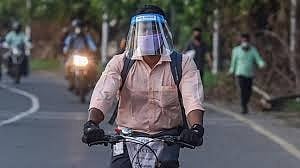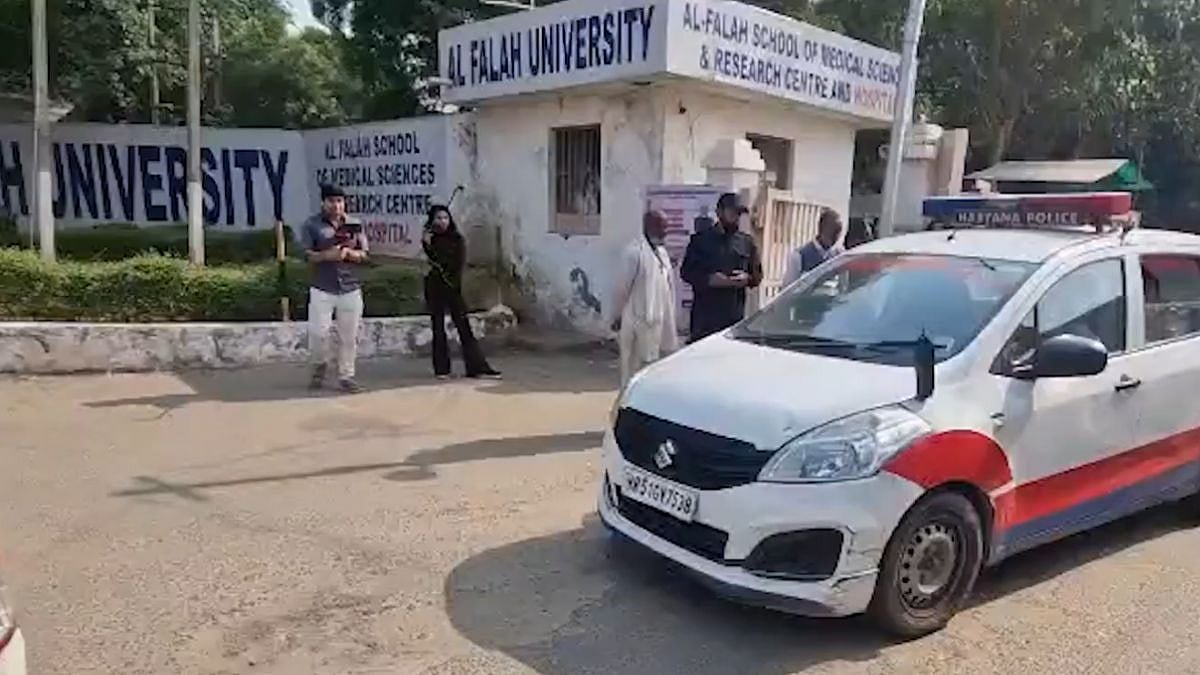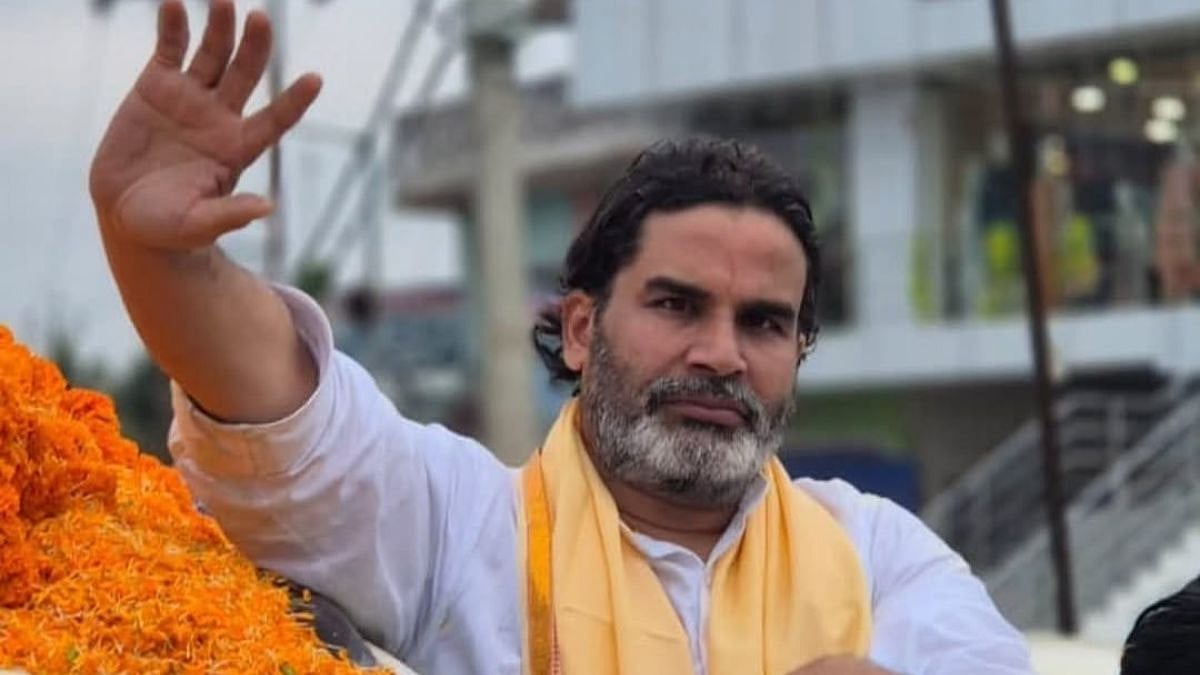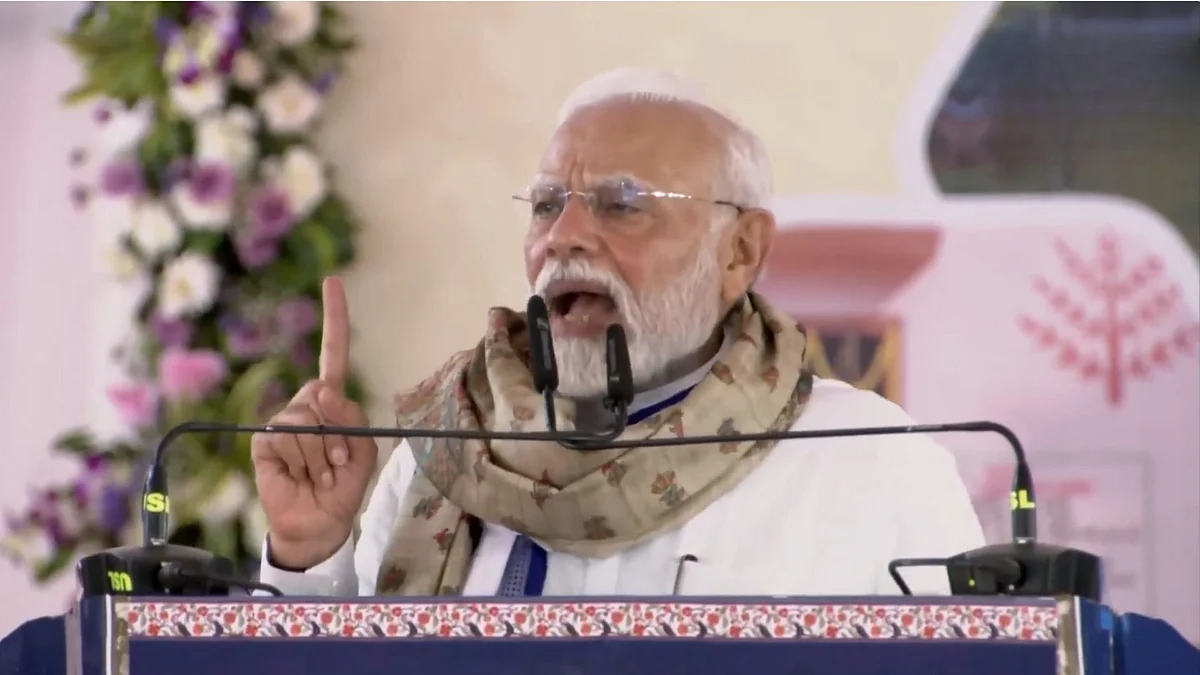Covid-19 lockdowns imposed across the world have triggered an unprecedented change in urban commute patterns. As the world grapples with the new normal, public transport and mass mobility are poised to undergo a transformative change.
The EY Mobility Consumer Index (MCI) analysed the impact of the pandemic on three primary travel needs: work, leisure and entertainment, and household and social. Based on surveys conducted in Sweden, India, Singapore, China, South Korea, the US, the UK, Italy and Germany, the MCI indicated that work-related commutes that took over two hours, had declined by 94 per cent since the onset of the pandemic. Commutes taking between one to two hours recorded an 85 percent drop, and those taking between 30 minutes to one hour declined by 73 per cent. Even daily work-related commutes taking up to just 30 minutes fell by 18 per cent.
Likewise, trips intended for leisure and entertainment taking over two hours, between one and two hours, and up to an hour also declined by 88 per cent, 81 percent and 54 per cent, respectively. Similar trends were also registered for household and social commutes. However, short trips of less than 30 minutes increased by 57 per cent for household chores and social travel, and by 79 per cent for leisure and entertainment-related travel.
Bicycle sales soared
Many car-clogged cities witnessed record-breaking bicycle sales during the lockdowns. India, too, saw bicycle sales multiply, with nearly five million cycles sold between May and September 2020.
Almost overnight, pedestrians and cyclists found a place of prominence in urban mobility. While Berlin, Brussels and Rome saw “corona cycleways” emerge after public transport was suspended, London banned cars from several main roads. Such renewed interest in non-motorised transport (NMT) was seen elsewhere as well, from Chicago and New York to Madison in the US to Rio de Janeiro, Buenos Aires and Santiago in South America, and from Addis Ababa, Nairobi and Cape Town in Africa to Manila, Jakarta and Dhaka in Asia.
With work from home becoming the norm, the decline in longer trips, as indicated in the MCI, is likely to continue, perhaps not at the same level, even when the pandemic ends. Therefore, it makes sense for cities to lay emphasis on NMT modes of transport that primarily cater to short-distance travel.
Smart Cities Mission
The long-term vision and commitment shown towards NMT by a few African nations offer helpful lessons. In June 2020, Ethiopia announced its NMT strategy. By 2030, it aims to make 80 per cent of all motorised trips on public transport; 60 per cent representation of NMT for all city journeys; achieve gender parity by developing multi-modal, integrated and safe transport systems to enhance women’s workforce participation; reduce pedestrian and cyclist fatalities by 80 per cent; and improve city ambient air quality to meet 95 per cent of the World Health Organisation standards. Uganda, too, has framed a Walking and Cycling Policy to decongest its capital Kampala.
For India, the focus on NMT is crucial for the success of the ambitious Smart Cities Mission and upcoming metro lines. The approved 1,415 kilometres of metro rail across 21 cities can succeed only if access to the stations are NMT-friendly.
Speaking at the 13th Urban Mobility India Conference on November 9, India’s Minister of State for Housing and Urban Affairs Hardeep Singh Puri professed that the country would see a behavioural change in urban mobility in the post-pandemic era. Weeks earlier, the ministry had also issued an advisory asking states to encourage NMT as “most of the urban trips are clocked in under five kilometres.”
NMT is key
But beyond advisories, India has not shown any concerted effort in this regard. India’s Smart Cities Mission highlights NMT as one of the key modes of city mobility, but experience has shown that walking and cycling tracks, wherever created, have been laid to waste — either getting encroached by hawkers or by vehicular traffic.
Elsewhere in the Global South, the new-found interest in NMTs might also wane, once things get back to normal.
The pandemic has offered a golden opportunity to free cities from pollution, unacceptable levels of road accident fatalities and the heavy opportunity cost of unending traffic snarls. Open streets and pop-up NMT are not just about surviving the pandemic. They are central to building sustainable cities. Cities cannot afford such transformations to remain merely a Covid-19 lockdown strategy.
The writer is Senior Fellow and Vice President, Observer Research Foundation, Mumbai
The Observer Research Foundation









